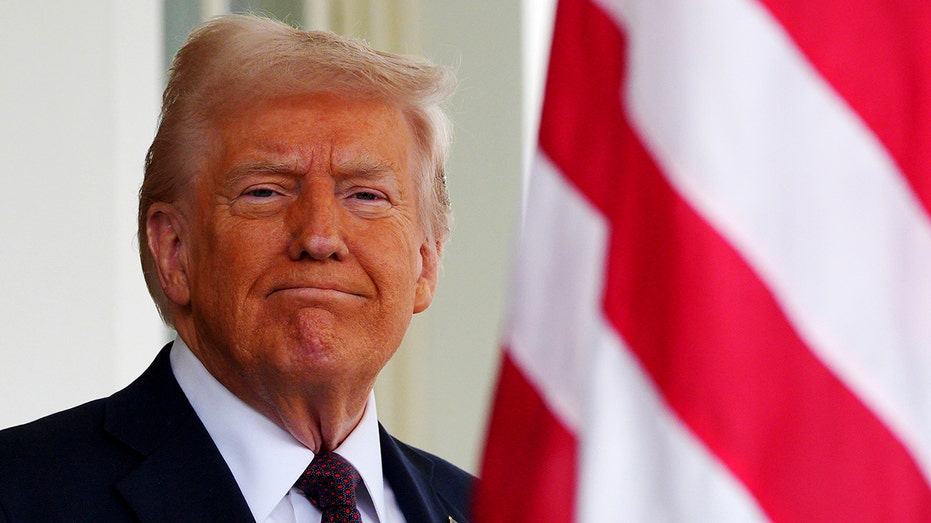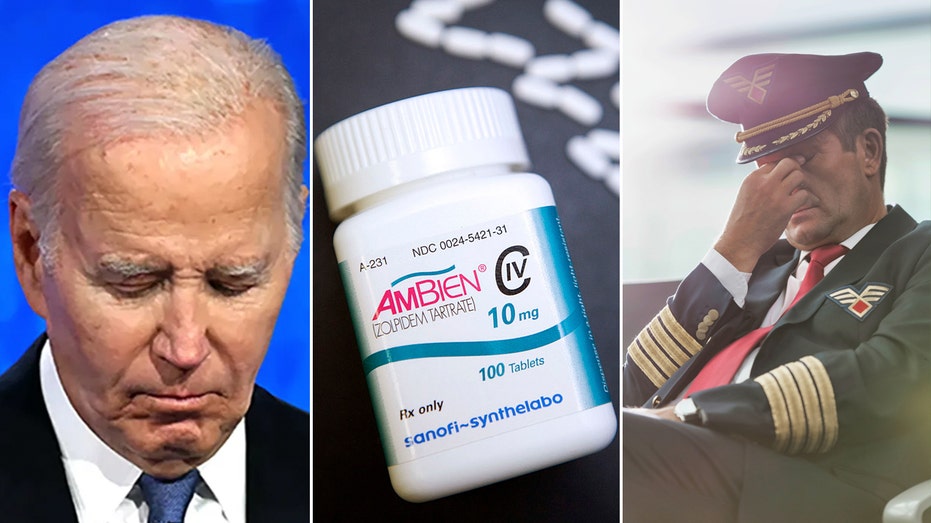The Hitchhiker's Guide to President Trump's Speech to Congress Tonight

Sarah Johnson
March 4, 2025
Brief
Explore the history and evolution of presidential addresses to Congress, from handwritten notes to televised and streamed speeches, including dramatic and viral moments over the years.
Tonight's address by President Trump to Congress is officially not a "State of the Union"—a tradition for first-year presidents who have only been in office for a few weeks. Nothing in the Constitution, though, requires these speeches to happen at all. Article II, Section 3 simply states that the president must provide Congress with "information on the State of the Union" from time to time. A written note would technically suffice, but we all know that wouldn't make for riveting TV.
The tradition of delivering this address has evolved significantly over the centuries. President George Washington kicked it off with the very first address in New York, but President Thomas Jefferson decided it was a bit too monarch-like for his taste and switched to sending written messages. The speech format stayed dormant until President Woodrow Wilson revived it in the early 20th century—and the rest, as they say, is history.
Each technological era has left its mark on these speeches. President Calvin Coolidge was the first to take to the radio in 1923, but it was Franklin Delano Roosevelt who turned the medium into an art form with his famous "Fireside Chats." FDR's knack for connecting over the airwaves carried over into his State of the Union addresses during the Great Depression and World War II. Not to be outdone, President Harry Truman brought the speech to television in 1947, and by 1965, President Lyndon Baines Johnson made it a prime-time staple.
The speeches have kept up with modern times, too. President Bill Clinton was the first to have his State of the Union streamed on the internet in the mid-1990s. Imagine telling George Washington about that—he'd probably think you were talking about witchcraft.
But let’s be real: Sometimes it's not the speeches themselves that steal the spotlight but the drama surrounding them. In January 1982, for instance, Air Florida Flight 90 tragically crashed into the 14th Street Bridge. A heroic Congressional Budget Office employee, Lenny Skutnik, dove into icy waters to save a passenger. President Ronald Reagan later honored Skutnik by inviting him to his State of the Union address—a tradition that presidents and lawmakers have upheld ever since.
The speeches have also produced their fair share of viral moments. Remember when Rep. Joe Wilson yelled "You lie!" at President Barack Obama during his 2009 healthcare address? Or when former House Speaker Nancy Pelosi dramatically tore up a copy of President Trump's speech in 2020? Then there was last year’s disruption during President Biden’s address, when Steve Nikoui was arrested after protesting the loss of his son in Afghanistan. Charges were later dropped, but the moment served as a stark reminder of the emotions these events can stir.
So, whether you're tuning in for the political theater, the history, or just to see what unexpected moment grabs the headlines, President Trump's speech tonight promises to be another chapter in this ever-evolving tradition.
Topics
Editor's Comments
Presidential speeches have come a long way from handwritten notes to prime-time spectacles with internet streams. It's fascinating how each era leaves its mark, but let's be honest—sometimes the side dramas are way more memorable than the speeches themselves. Props to Reagan for starting the 'hero guest' tradition, though. That's a classy move.
Like this article? Share it with your friends!
If you find this article interesting, feel free to share it with your friends!
Thank you for your support! Sharing is the greatest encouragement for us.



